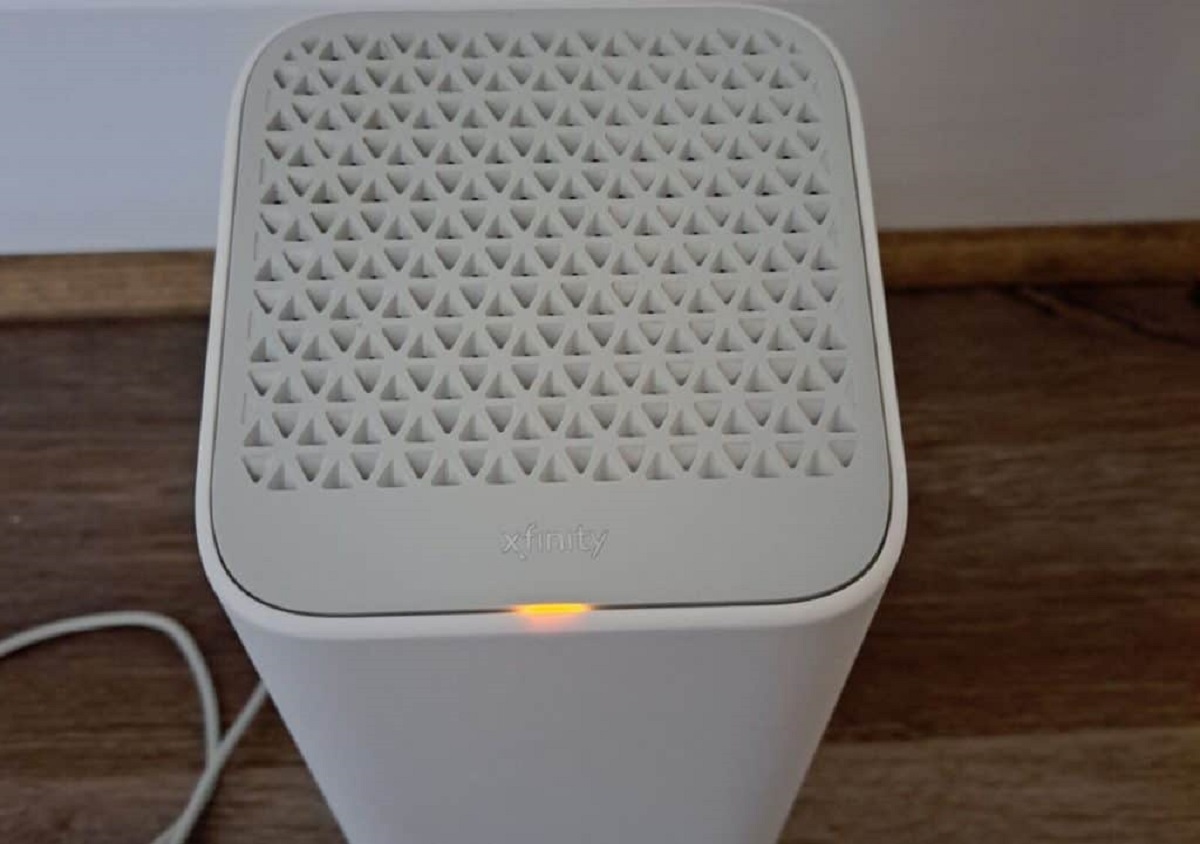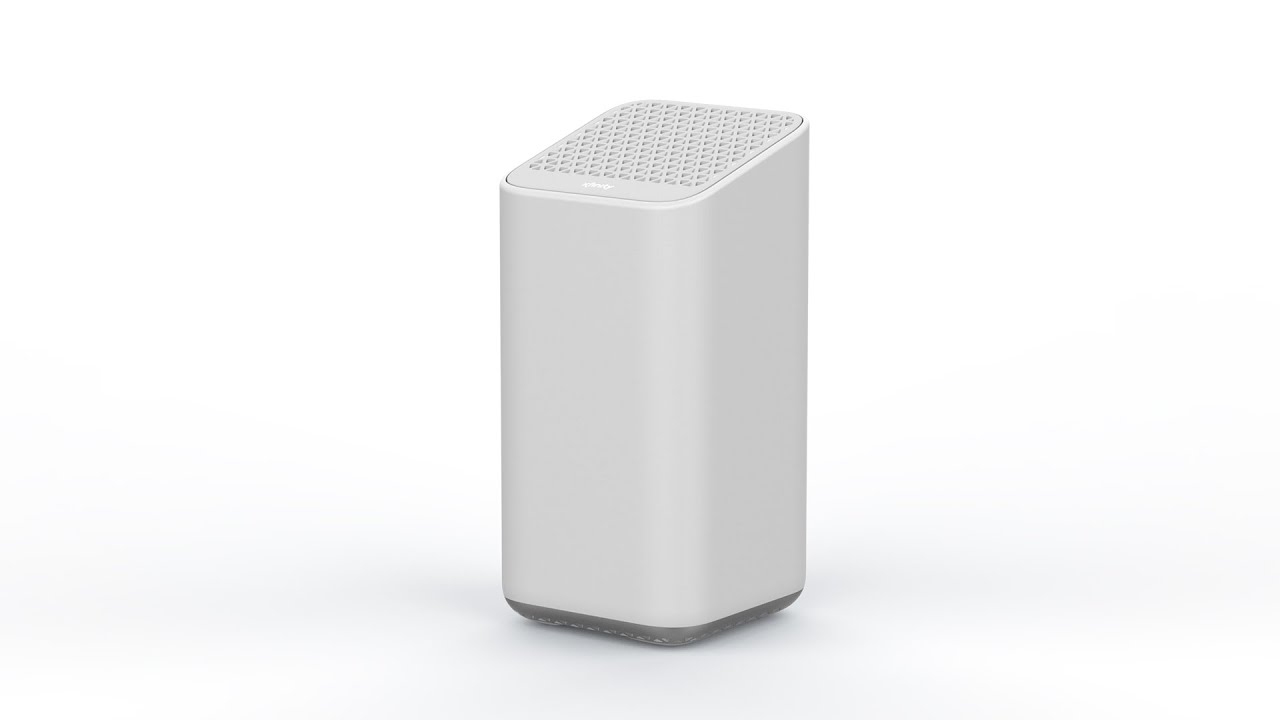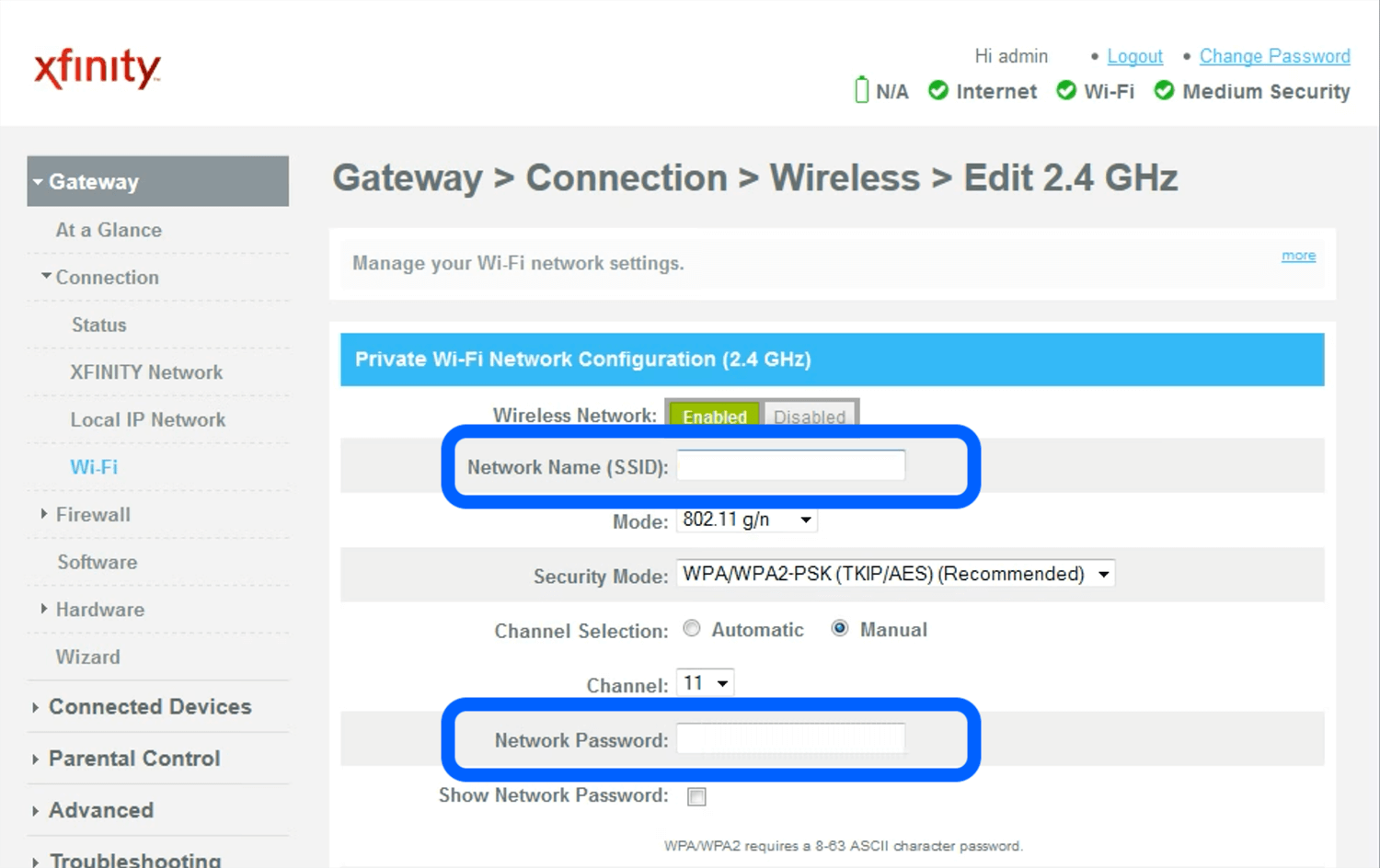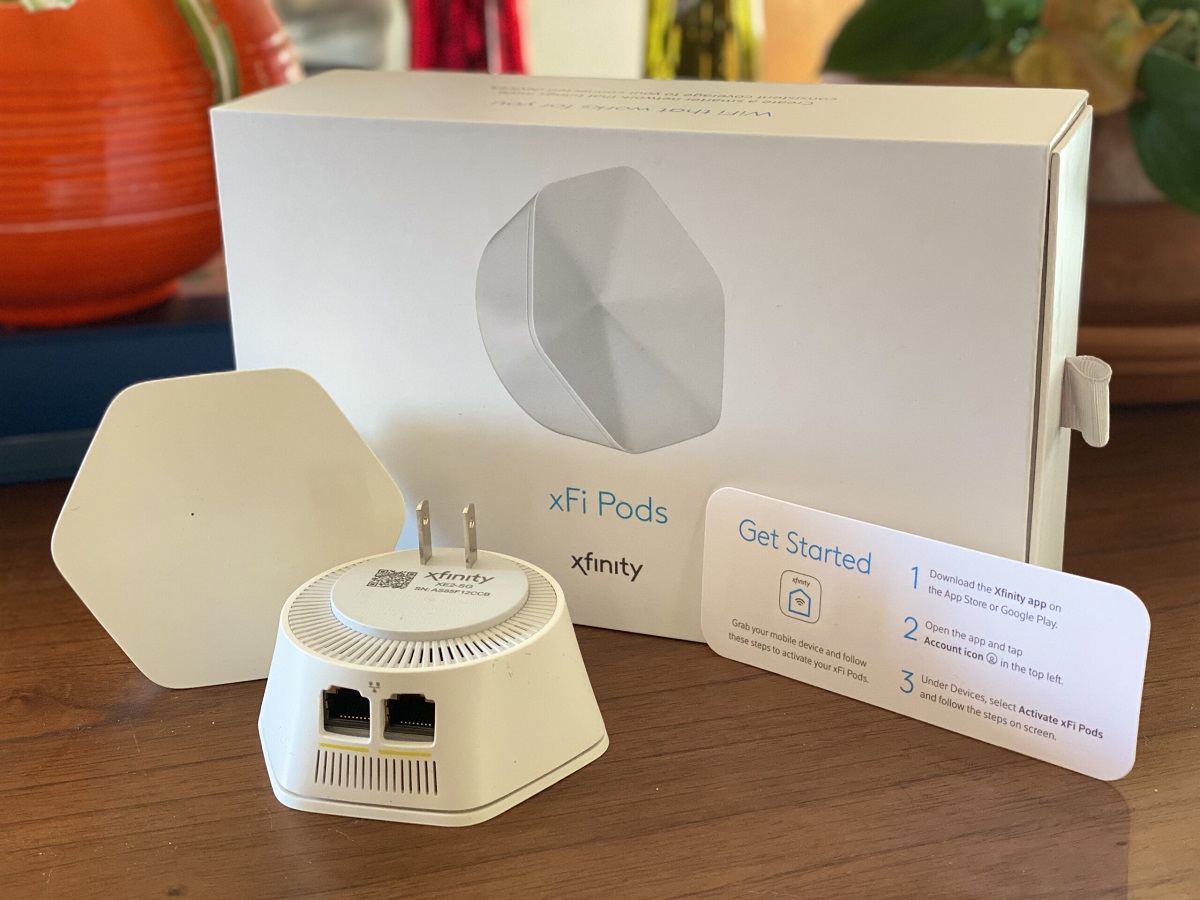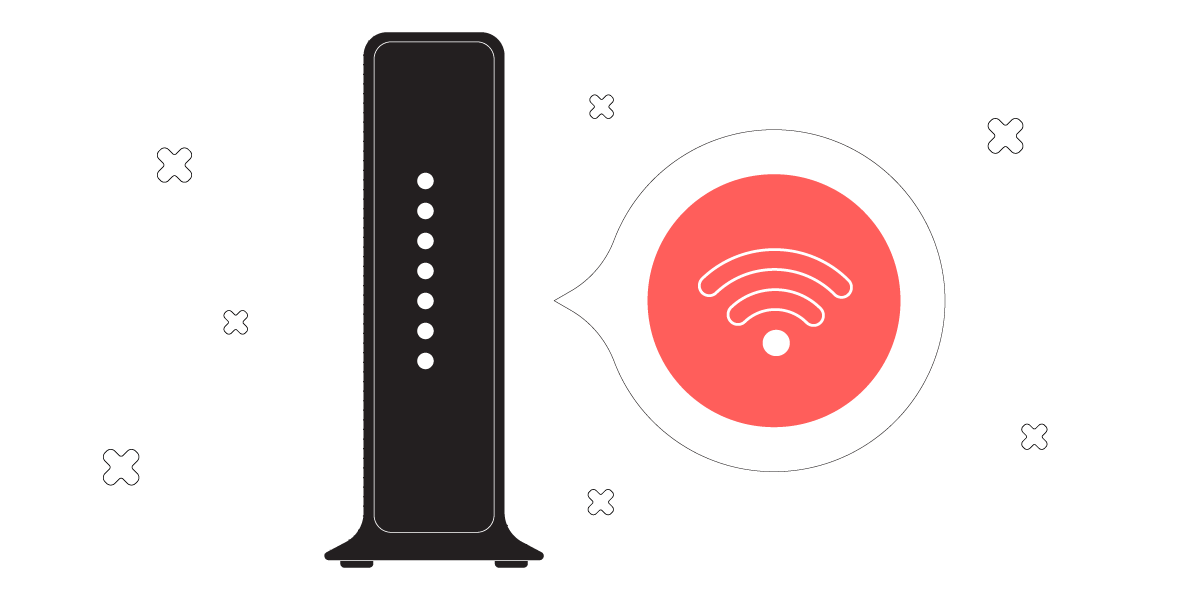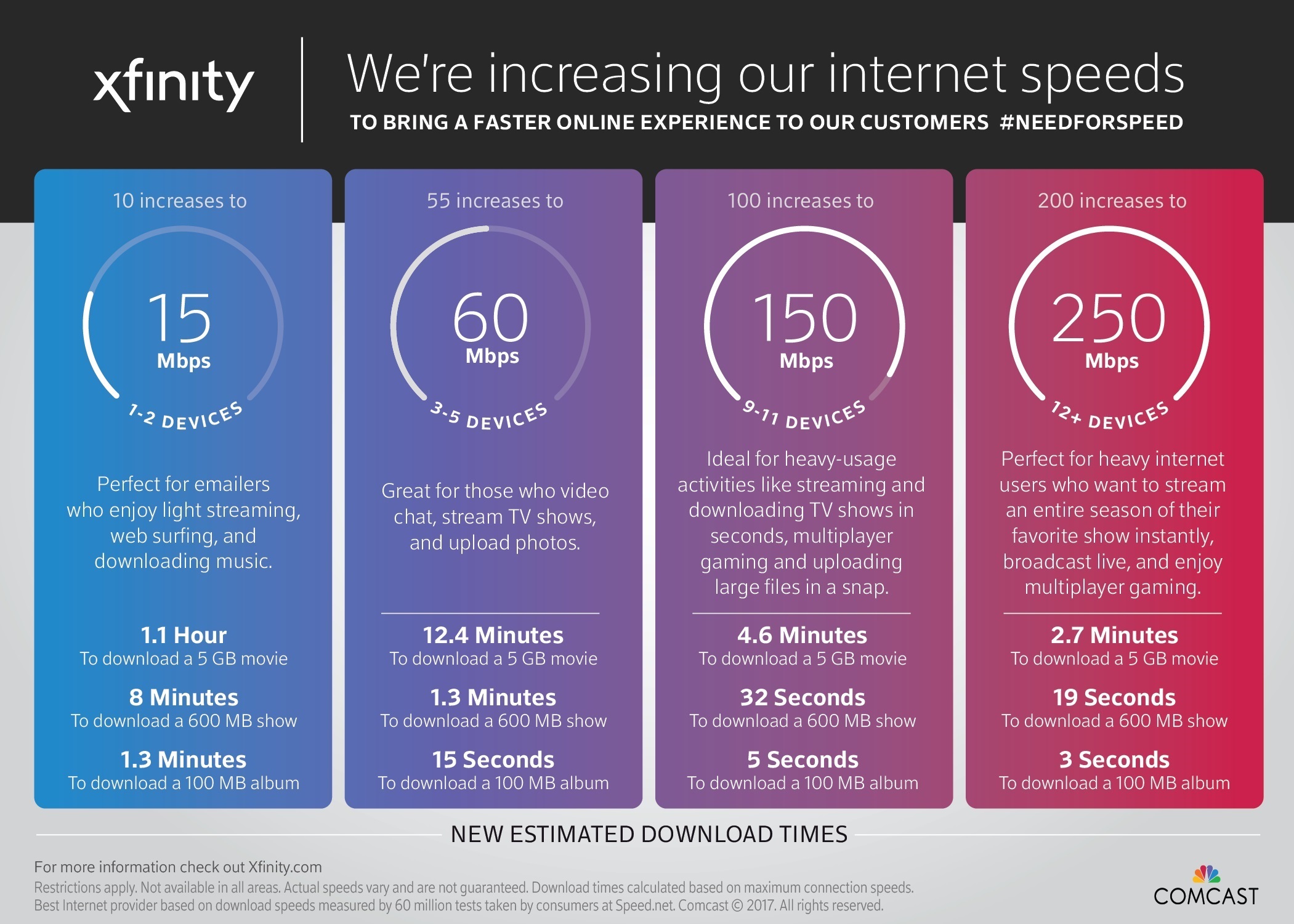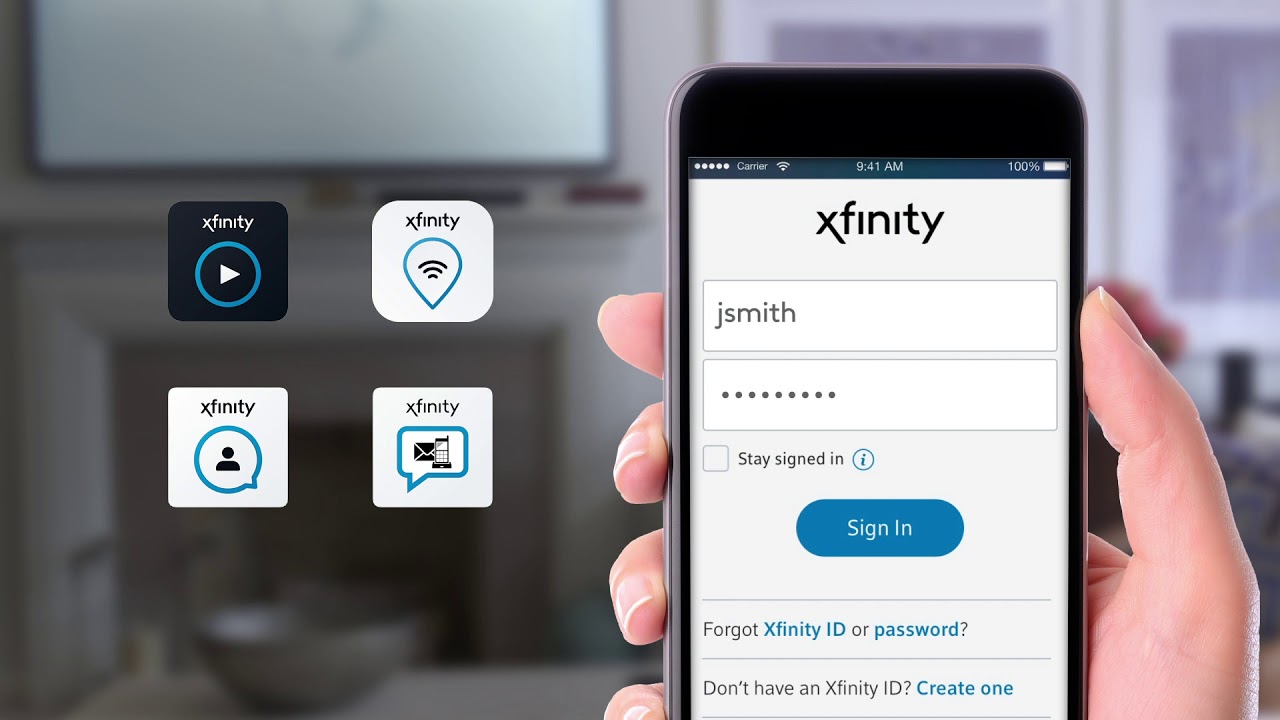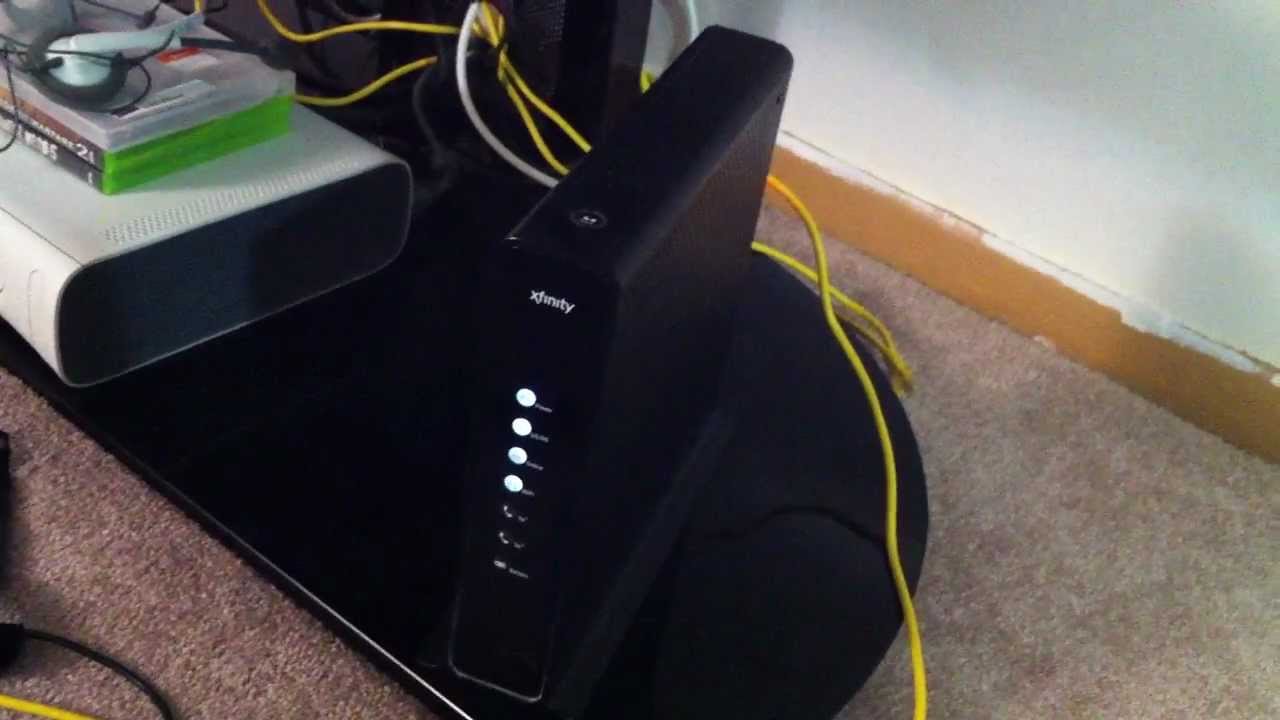Introduction
Wi-Fi has become an essential part of our daily lives, providing us with seamless internet connectivity and the freedom to stay connected on the go. However, not all Wi-Fi networks are created equal, and one network that frequently comes under scrutiny is Xfinity Wi-Fi. Xfinity, a popular internet service provider, has garnered a reputation for providing subpar Wi-Fi performance to its customers.
Many Xfinity users have reported experiencing frustratingly slow speeds, inconsistent connectivity, and other issues that hinder their online experience. In this article, we will explore some of the common reasons why Xfinity Wi-Fi is often regarded as poor and what possible factors contribute to its unreliability. By understanding these factors, users can make more informed decisions when it comes to their internet service provider.
It’s important to note that while some of the issues discussed in this article may be specific to Xfinity Wi-Fi, they might also apply to other internet service providers to some extent. So, whether you’re an Xfinity customer or simply looking to gain insight into Wi-Fi performance in general, read on to discover why Xfinity Wi-Fi often falls short of expectations.
Limited Range
One of the primary reasons why Xfinity Wi-Fi is often criticized is its limited range. The range of a Wi-Fi network refers to the distance over which the signal can effectively reach and provide a stable connection. Xfinity Wi-Fi routers tend to have a shorter range compared to some other internet service providers, resulting in weaker signals and reduced coverage area.
When the range of a Wi-Fi network is limited, it can cause connectivity issues in larger homes or buildings. Users in rooms that are farther away from the router may experience weaker or intermittent signals, leading to slower internet speeds and an inconsistent online experience. Additionally, users might face difficulties in accessing Wi-Fi in outdoor areas such as gardens or balconies, further limiting the usability of Xfinity Wi-Fi.
The limited range can be attributed to several factors, including the router’s hardware capabilities and the presence of physical barriers such as walls and floors. Xfinity Wi-Fi routers may not be equipped with advanced antenna technology or high-powered transmitters, which can impact the signal strength and coverage range.
To mitigate the impact of limited range, users can consider placing the router in a central location within their homes or using Wi-Fi range extenders or repeaters to amplify and extend the signal. However, it is essential to note that these solutions can only partly address the issue and may not provide a consistent and reliable Wi-Fi connection throughout larger spaces.
Congested Network
An overcrowded network is another significant factor contributing to the poor performance of Xfinity Wi-Fi. A congested network occurs when there are too many devices connected and actively using the Wi-Fi network simultaneously. This excessive demand can overwhelm the network’s capacity, resulting in slower speeds, increased latency, and even disconnections.
Xfinity Wi-Fi is often used by a large number of customers in densely populated areas, such as apartment complexes or urban neighborhoods. With so many devices competing for the same bandwidth, it is no wonder that the network becomes congested, leading to a degradation in performance.
Additionally, Xfinity Wi-Fi routers are often set to a default channel, which can be the same channel used by other nearby routers. This can cause interference and further worsen the congestion on the network. Interference from nearby Wi-Fi signals and other electronic devices can also impact the performance of Xfinity Wi-Fi.
To alleviate network congestion, Xfinity customers can try a few strategies. Firstly, they can limit the number of devices connected to the network at a given time. Disconnecting devices that are not in use or prioritizing bandwidth-intensive activities on one device can help free up the network for others.
Another option is to change the Wi-Fi channel on the router. By selecting a channel that is less congested, users can minimize interference from other nearby networks and potentially improve their Wi-Fi performance. Xfinity provides instructions on how to change the Wi-Fi channel in their support documentation or through customer support.
However, it is crucial to note that even with these strategies, Xfinity Wi-Fi may still be prone to network congestion due to the sheer number of users and devices in a particular area. In such cases, considering alternative internet service providers or exploring wired connection options may be a viable solution.
Signal Interference
Signal interference is another common issue that affects the performance of Xfinity Wi-Fi. Interference occurs when other devices or physical obstacles disrupt the Wi-Fi signal, leading to a weaker and less reliable connection. This interference can significantly impact the signal quality, resulting in slower speeds and potential connectivity issues.
There are several potential sources of signal interference that can affect Xfinity Wi-Fi. One primary cause is the presence of other electronic devices that operate on similar frequencies, such as cordless phones, baby monitors, or microwave ovens. These devices can interfere with the Wi-Fi signal and cause disruptions in connectivity.
Physical barriers such as walls, floors, and furniture can also obstruct the Wi-Fi signal and weaken its strength. The materials used in constructing these barriers, such as concrete or metal, can hinder the signal from traveling freely, leading to decreased signal strength in certain areas of a home or office.
In addition to these internal factors, external interference from neighboring Wi-Fi networks can also impact Xfinity Wi-Fi performance. In densely populated areas, the presence of numerous Wi-Fi networks in close proximity can result in signal overlap and interference, leading to degraded performance.
To address signal interference, Xfinity users can try a few strategies. First, it is recommended to position the Wi-Fi router in a central and open location within the home or office space. This can help minimize the number of barriers that obstruct the Wi-Fi signal and improve overall coverage.
Using devices that operate on different frequencies, such as dual-band or tri-band routers, can also help mitigate interference. These routers can switch to less congested frequency bands, reducing the impact of signal interference from other devices.
If the Wi-Fi signal is still affected by external interference, users can consider switching to a less crowded Wi-Fi channel. Xfinity routers often provide the option to manually select a channel or use automatic channel selection to mitigate interference from other nearby Wi-Fi networks.
While these strategies can help alleviate signal interference to some extent, it is important to note that external factors beyond the control of Xfinity, such as nearby Wi-Fi networks or physical barriers, may still impact the overall Wi-Fi performance.
Inconsistent Speeds
One of the most frustrating issues faced by Xfinity Wi-Fi users is inconsistent speeds. Users may experience fluctuating download and upload speeds, making it difficult to perform activities such as streaming, online gaming, or even basic browsing smoothly.
Inconsistency in Wi-Fi speeds can be attributed to several factors. One common cause is network congestion, as discussed earlier. When too many devices are connected to the same Wi-Fi network and actively using it, the available bandwidth gets distributed among all users, leading to slower speeds for everyone.
Another factor that can contribute to inconsistent speeds is the proximity to the router. The signal strength tends to weaken as users move farther away from the router, resulting in slower speeds. Thick walls, obstructions, or interference from other devices can further compound this issue.
Moreover, the quality and capabilities of the Wi-Fi router itself can play a role. Older router models may not support the latest Wi-Fi standards or offer advanced features like beamforming or multiple antennas for better speed and coverage. This can impact the overall performance and lead to inconsistent speeds.
Xfinity also employs a practice known as “bandwidth throttling” or “traffic shaping,” where certain types of internet traffic are intentionally slowed down during peak times. This can result in inconsistent speeds, especially for activities that require higher bandwidth, such as video streaming or online gaming.
To improve the consistency of Wi-Fi speeds, Xfinity customers can consider a few steps. Firstly, users can reboot their routers regularly to clear any temporary issues that may be affecting the performance. It is also recommended to place the router in a central location and away from physical obstructions to ensure optimal signal strength.
Upgrading to a newer and more powerful Wi-Fi router that supports the latest standards can also improve consistency. This allows for faster speeds and better handling of multiple devices connected to the network.
If inconsistent speeds persist and significantly impact the online experience, it may be worth exploring alternative internet service providers that offer more reliable and consistent Wi-Fi performance.
Bandwidth Throttling
Bandwidth throttling is a common practice employed by internet service providers, including Xfinity, that can significantly affect the performance of Wi-Fi. Throttling refers to the intentional slowing down of internet speeds for certain types of internet traffic, usually during peak usage periods.
Xfinity may engage in bandwidth throttling as a way to manage network congestion and ensure a consistent experience for all users. During times of high demand, such as evenings or weekends when many people are utilizing the internet, Xfinity may prioritize certain types of internet traffic while intentionally slowing down others.
This can impact activities that require a higher bandwidth, such as streaming movies or online gaming. Users may experience buffering while streaming videos or lag during online gaming due to the intentional throttling of these data-heavy activities.
Bandwidth throttling can lead to inconsistent speeds and an overall unsatisfying internet experience for Xfinity customers. Users may find it difficult to perform tasks that require a stable and fast connection, and it can be especially frustrating for those who rely on the internet for work or other essential activities.
While Xfinity does not disclose specific details about its bandwidth throttling practices, users can take a few steps to potentially mitigate its impact. One option is to consider upgrading to a higher-tier internet plan that offers greater bandwidth and potentially fewer instances of throttling during peak hours.
Another option is to use a virtual private network (VPN), which can help bypass some forms of throttling. A VPN encrypts internet traffic and routes it through a private network, making it more challenging for internet service providers to identify and throttle specific types of traffic.
However, it is important to note that while a VPN may help overcome bandwidth throttling to some extent, it may not completely eliminate the issue or guarantee consistent speeds.
Ultimately, bandwidth throttling is a practice utilized by many internet service providers to manage network congestion. While it aims to ensure a consistent experience for all users, it can significantly impact the performance of certain types of internet activities and lead to frustration among Xfinity Wi-Fi users.
Lack of Security
An important aspect of any Wi-Fi network is its security, and unfortunately, Xfinity Wi-Fi has been criticized for its lack of robust security measures. Insufficient security can leave users vulnerable to various cyber threats, compromising their personal information and online privacy.
One aspect of Xfinity Wi-Fi’s security concerns is the default settings on their routers. Xfinity routers often come with generic network names (SSIDs) and default passwords, making them easy targets for hackers who are skilled at identifying these common default settings. It is crucial for users to change the default network name and password to something unique and strong to enhance security.
Moreover, Xfinity Wi-Fi networks are often open and accessible to anyone within range. While this may seem convenient, it also means that unauthorized individuals can potentially connect to the network, leading to unauthorized usage and potential security breaches. It is essential for users to secure their Wi-Fi networks using encryption protocols like WPA2, and enable password protection to prevent unauthorized access.
Another security concern is the lack of firmware updates on Xfinity routers. Security vulnerabilities in router firmware can be exploited by cybercriminals to gain unauthorized access to the network or intercept sensitive data. However, Xfinity routers may not always receive timely firmware updates, putting users at risk. It is recommended for users to regularly check for firmware updates and apply them promptly to ensure the router’s security is up-to-date.
Furthermore, Xfinity Wi-Fi often relies on shared public hotspots, which can introduce additional security risks. The shared nature of these hotspots means that other users can potentially intercept and monitor network traffic, compromising the privacy and security of Xfinity customers. It is advisable for users to exercise caution when connecting to public hotspots and consider using a virtual private network (VPN) to encrypt their internet traffic and enhance their online security.
Given these security concerns, it is crucial for Xfinity Wi-Fi users to take proactive steps to secure their networks. By changing default settings, securing the network with strong passwords, keeping router firmware up-to-date, and using VPNs when necessary, users can significantly enhance the security of their Xfinity Wi-Fi network and protect their personal information from potential threats.
Inadequate Customer Support
A factor that often contributes to the dissatisfaction of Xfinity Wi-Fi users is the perception of inadequate customer support. When facing issues with their Wi-Fi service, users rely on prompt and effective customer support to address their problems and provide timely resolutions. However, Xfinity has been criticized for its customer support practices, which can leave users feeling frustrated and unheard.
One common complaint is the difficulty in reaching a knowledgeable and helpful customer support representative. Xfinity users report long wait times on customer support hotlines and difficulties in obtaining the assistance they need. In some cases, users may encounter automated systems or inexperienced representatives who cannot effectively address their Wi-Fi concerns.
Another aspect of inadequate customer support lies in the lack of transparency and communication regarding service outages or maintenance. Users often express frustration when experiencing sudden service disruptions without any clear communication or updates from Xfinity. This lack of proactive information can leave users feeling in the dark about the status and resolution of their Wi-Fi issues.
Furthermore, some users have shared their dissatisfaction with the overall responsiveness of Xfinity’s support teams. Issues reported by users may take a significant amount of time to be resolved or may not be addressed at all, leading to prolonged periods of Wi-Fi service disruptions and frustration.
To address the issue of inadequate customer support, Xfinity users can explore a few strategies. Firstly, utilizing online resources such as knowledge bases, support forums, and troubleshooting guides provided by Xfinity can help users identify and resolve common Wi-Fi issues on their own.
When contacting customer support, users can consider reaching out through multiple channels, such as phone, email, or live chat, to increase the chances of reaching a representative quickly. Patience and persistence may be required when dealing with customer support to ensure that their concerns are adequately addressed.
Additionally, users can explore alternative methods of seeking support, such as reaching out to Xfinity on social media platforms or participating in online communities where fellow users and Xfinity representatives may provide guidance and solutions.
While it is unfortunate that inadequate customer support is a recurring issue, taking proactive steps and exploring different avenues for support can potentially improve the overall experience for Xfinity Wi-Fi users.
Conclusion
Xfinity Wi-Fi, provided by Xfinity, has been subject to criticism and dissatisfaction among users due to various factors. The limited range of Xfinity Wi-Fi routers can result in weaker signals and reduced coverage areas, leading to connectivity issues in larger homes or buildings. Congested networks, caused by the excessive demand for bandwidth, can lead to slower speeds and increased latency.
Signal interference from other devices or physical barriers can further degrade the Wi-Fi performance. Inconsistent speeds are a common complaint, stemming from network congestion, router proximity, and the limitations of older router models. Bandwidth throttling, used during peak times, intentionally slows down certain types of internet traffic, negatively impacting users’ online experience.
The lack of robust security measures can leave Xfinity Wi-Fi users vulnerable to cyber threats, as default router settings, open networks, and outdated firmware can compromise personal information and online privacy. Lastly, inadequate customer support, characterized by long wait times, difficulty reaching knowledgeable representatives, and a lack of transparency, has been a significant source of frustration for Xfinity Wi-Fi users.
While these issues are not unique to Xfinity Wi-Fi and may be experienced with other internet service providers to varying degrees, it is important for users to be aware of the factors contributing to the subpar performance of Xfinity’s Wi-Fi service.
To mitigate these issues, Xfinity users can implement strategies such as optimizing router placement, utilizing Wi-Fi range extenders, limiting device connections, and exploring alternative internet service providers. Additionally, taking steps to secure the network, such as changing default settings, using encryption protocols, and staying updated on firmware, can enhance the overall security of Xfinity Wi-Fi.
Although Xfinity Wi-Fi has its shortcomings, it is essential to remember that there are often ways to improve the Wi-Fi experience and find solutions to the challenges faced. By understanding the limitations and taking proactive measures, users can create a more reliable and satisfactory Wi-Fi experience.







